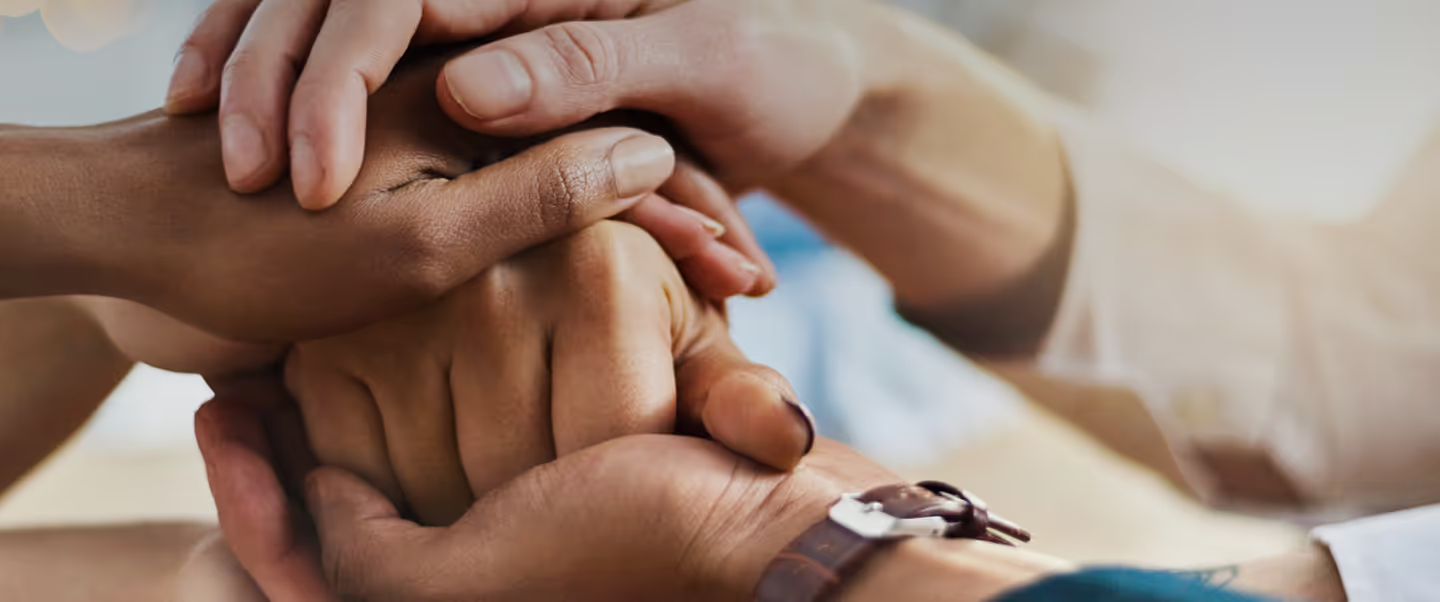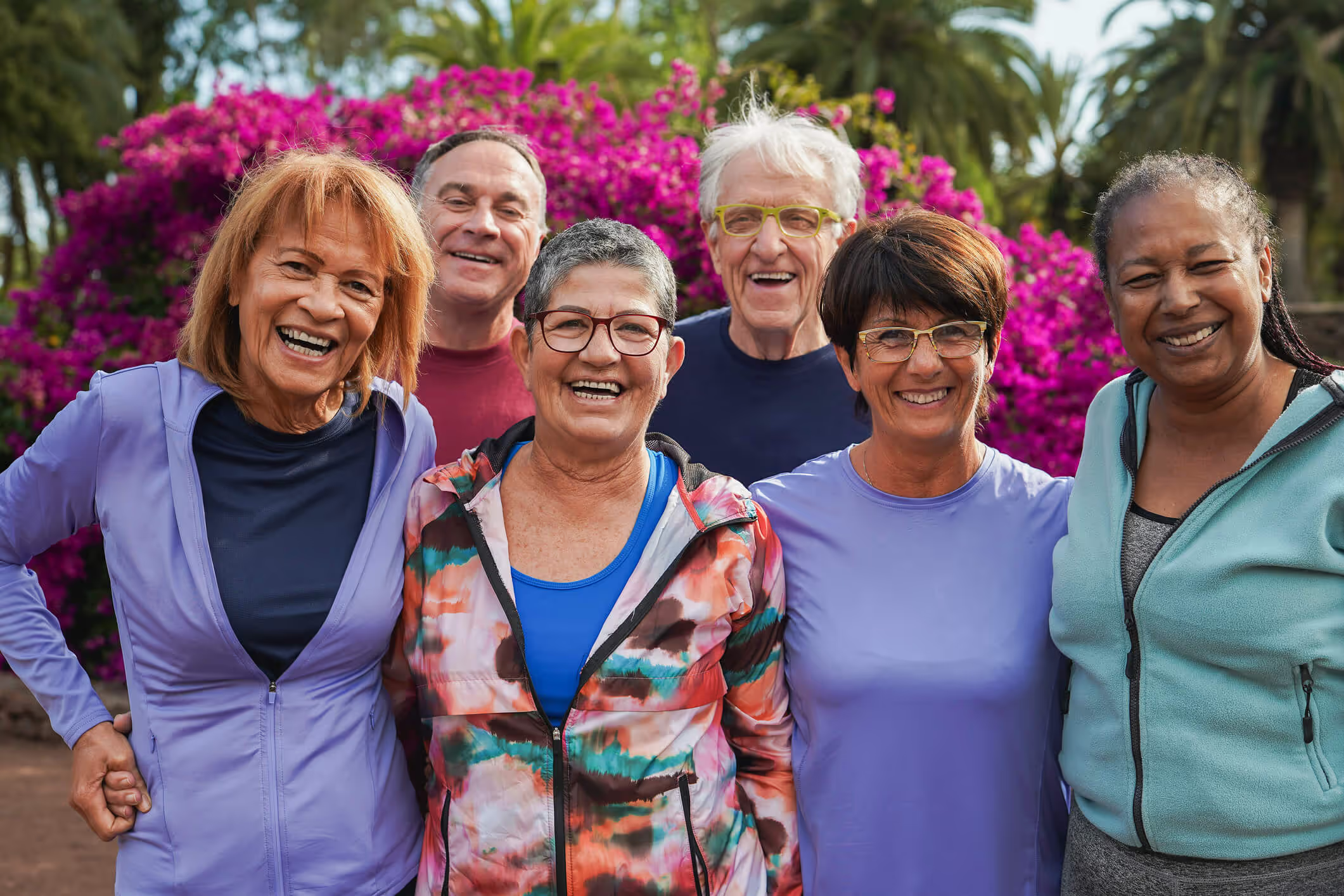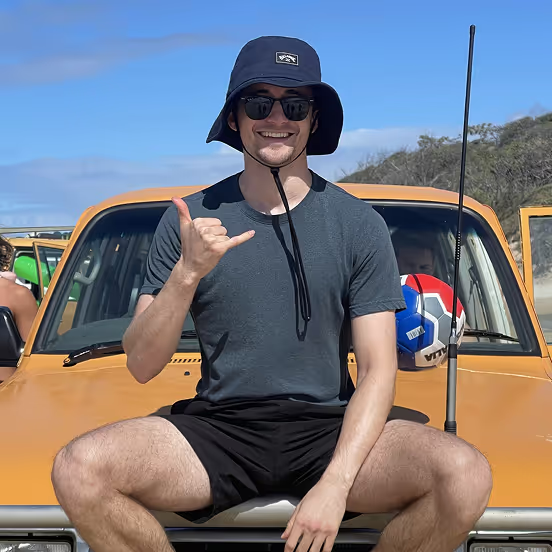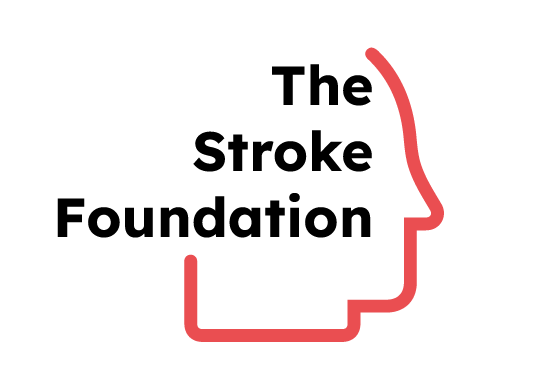
Find Support
Stroke Survivor Fund
Stroke Survivor Fund
What is it?
What is the
Stroke Survivor Fund?
This fund provides direct support for key rehabilitation services, including physical therapy, occupational therapy, speech therapy, vision therapy, and music therapy—all of which play a critical role in stroke recovery.
Focused on equity and accessibility, the Stroke Survivor Fund prioritizes individuals from underserved communities and those with limited financial means. By removing financial barriers to care, the fund helps survivors regain independence, rebuild their skills, and improve their long-term quality of life.

What the Fund Covers
What We Cover —
So You Can Recover
Therapy
Therapy
Therapy
Therapy
Requirements
for Support
- Be a stroke survivor of at least 21 years of age and reside in the USA.
- Demonstrate financial need or hardship.
- Demonstrate that health insurance benefits related to physical, occupational, and/or speech therapy have run out.
- Demonstrate need for continuing physical, speech or occupational therapies.
.jpg)
How the Process Works
Step-By-Step Guide To Applying For Support
Apply for Support Today
FAQs
You’re Not Alone in Stroke Recovery
Be sure to have all your required documentation ready to upload; you will not be able to complete the application without submitting the documents. Applications are reviewed on an individual basis and the timeline for each application may be different. Even if you meet all requirements and submit all documentation, we depend on the funding available to give grants. As we are an all-volunteer team we appreciate your patience and understanding as we may take a bit of time to respond. If you have any questions, please email survivorfund@thestrokefoundation.org.
Any stroke survivor of over 21 years of age, who resides in the United States, and demonstrates financial need, is eligible for the grant. If the stroke survivor can’t apply, we invite family members, caregivers or medical professionals to apply on their behalf.
Although we would love to be able to support all applicants, our Selection Committee reviews applications on a case-by-case basis and determine the amount granted on an individual basis to ensure we are making the greatest impact for stroke recovery. Even if you meet all requirements and submit all documentation, we depend on the funding available to give grants.
Applicants can apply once every six months, and receive the grant up to 2 (two) times.
The medical facility providing the treatment will send an invoice to The Stroke Foundation for the grant amount. It is the patient and/or caregiver’s responsibility to ensure the funds are used appropriately (follow up with the medical facility, attend the therapy sessions, etc.).
No, the Stroke Survivor Fund grant is solely to help cover the costs of physical, occupational or speech therapy that is being carried out in a licensed facility. The Stroke Foundation does not provide grant funds directly to individuals.
Due to the significant cost of therapies in the United States, it is unlikely that the Survivor Fund Grant will cover your entire therapy plan. The Stroke Foundation looks at each application on a case-by-case basis and reserves the right to determine the amount of the grant for each application.
No, The Stroke Foundation cannot recommend or advise on the medical facility imparting the therapy, the course of therapy recommended, or anything related to the medical treatment of a patient.
To support our mission of helping stroke survivors with recovery, click here to donate — every dollar counts. We really appreciate all the support we can get.
The Stroke Survivor Fund provides financial assistance to stroke survivors needing rehabilitation therapies at self-pay rates. We pay therapy providers directly after receiving an invoice. We require that invoices are sent to us after services are rendered.
Once approved, the patient (or caregiver) will present you with a Letter of Commitment from The Stroke Foundation. It outlines the amount awarded and instructions for billing.
To process payment, invoices must include: - Patient’s full name and date of birth - Type of service/session provided (e.g., PT, OT, ST) - Number of sessions billed - Cost per session (self-pay rates only — no insurance billing rates) - Total amount due (not exceeding the grant amount) - Instructions for payment (bank details for ACH transfer, web portal link, or Zelle)
No. We only accept self-pay rates. We are not a payor and cannot accept insurance rates, EOBs, or related documentation.
Once you receive the Letter of Commitment and complete services, submit the invoice directly to the email address provided in the letter. Invoices must meet the above requirements.
We strive to process payments promptly once a complete and correct invoice is received, typically within 14 business days.
The grant amount is the maximum The Stroke Foundation will pay. Any costs beyond that are the responsibility of the patient unless other arrangements are made directly with them.
We welcome and appreciate any efforts to offer reduced self-pay rates to stroke survivors. However, it is not a requirement for participation.
Contact details will be provided in the Letter of Commitment. You can reach out directly to our Stroke Survivor Fund coordinator for any questions regarding invoicing or payments.
No. All overdue balances must be self-pay rates. We cannot be billed for the balance that insurance didn’t pay, nor can we be billed after a claim was rejected by insurance.

Success Story
Surfing for a Cause, Inspiring Thousands
raise funds for stroke survivors.

